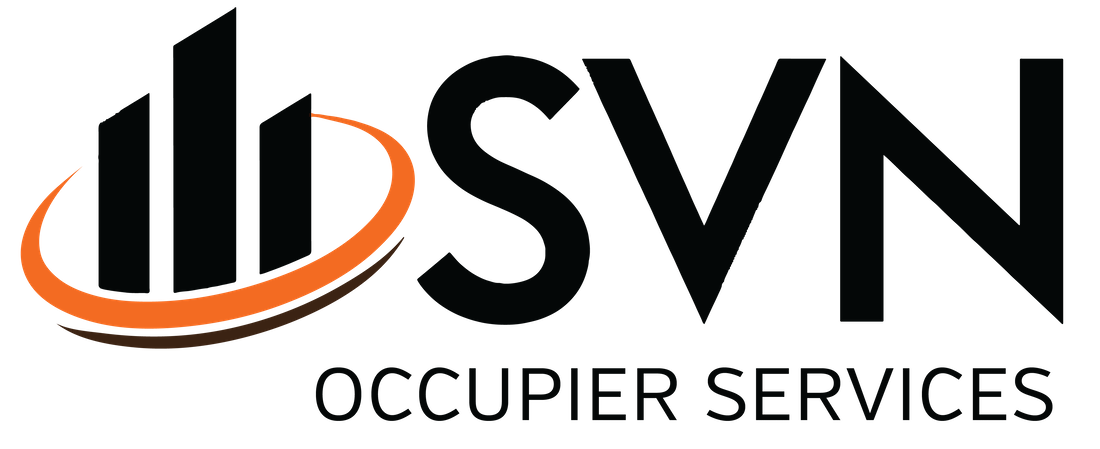Tenant Improvement Allowance (TIA): A Guide for Tenants

If you're leasing a new office, retail space, or warehouse, understanding the Tenant Improvement Allowance (TIA) is essential. A well-negotiated TIA can make a big difference in creating a functional, appealing space while minimizing your out-of-pocket expenses.
What Is a Tenant Improvement Allowance?
A Tenant Improvement Allowance is a sum of money your landlord provides to help cover the cost of building out or upgrading your commercial space. The TIA is a key part of many lease agreements and can significantly impact your total leasing costs.
What Does TIA Cover?
The TIA is meant to fund improvements that benefit both the tenant and the property owner. Typically, it covers:
- Structural Modifications: Adding or removing walls and partitions.
- Installations: Flooring, plumbing, electrical systems, windows, and doors.
- Finishing Touches: Painting, lighting, and ceiling fixtures.
- Permits and Fees: Costs associated with architectural designs, permits, and other legal requirements.
These improvements usually enhance the property’s value and stay with the space when your lease ends.
What Isn’t Covered by TIA?
While TIAs can be generous, they often don’t cover items specific to your business operations, such as:
- Data cabling and IT infrastructure.
- Computers, printers, and electronics.
- Furniture, fixtures, and custom shelving.
- Moving costs.
Understanding these exclusions upfront helps avoid budget surprises.
How Is TIA Calculated?
TIAs are generally calculated as a per-square-foot value. Here’s how it works:
- Size: Determine the total square footage of the space.
- Allowance Rate: Negotiate a dollar amount per square foot with your landlord (e.g., $30/sq. ft.).
- Total Budget: Multiply the rate by your space’s size.
Example:
For a 2,500 sq. ft. retail space with a $30/sq. ft. allowance:
2,500 sq. ft. × $30 = $75,000 total TIA.
This is the maximum the landlord will reimburse, so any costs beyond this are your responsibility.
What’s a Reasonable TIA?
The "right" TIA depends on:
- Property Type: Office, retail, or industrial spaces have different costs.
- Market Conditions: Tenant-friendly markets often offer higher allowances.
- Lease Term: Longer leases may qualify for higher TIAs.
Research local market trends and consult a commercial real estate broker to benchmark reasonable TIA offers.
Market Conditions and TIA
The state of the real estate market affects TIA negotiations:
- Landlord’s Market: Lower allowances, as landlords have the upper hand.
- Tenant’s Market: Higher allowances to attract tenants in competitive areas.
Stay informed about local market dynamics to strengthen your negotiating position.
Types of TIA Agreements
TIAs are structured in different ways:
- Turnkey Build-Out: Landlord handles everything, but you have less control over design.
- Tenant-Controlled Build-Out: You manage the project, offering more customization but requiring more effort.
- Landlord-Controlled Build-Out: A middle ground where the landlord manages, but you can review plans and costs.
Choose the structure that best aligns with your needs and capacity.
Negotiating a TIA
To maximize your TIA:
- Highlight a strong credit history.
- Offer a longer lease term.
- Leverage higher rental rates.
- Stay informed about market trends.
Ensure your lease agreement includes clear terms for the TIA, such as reimbursement timelines and coverage details.
Beyond the TIA: Tenant-Paid Improvements
Sometimes, your build-out costs exceed the TIA or include items the allowance doesn’t cover. These expenses, known as leasehold improvements, can enhance your space's functionality and branding. If financing is needed, consider options like SBA loans or leasehold improvement loans.
Conclusion
The Tenant Improvement Allowance is a vital part of commercial leasing that can save you significant money while creating a space tailored to your needs. By understanding what it covers, how it’s calculated, and how to negotiate, you’ll be well-positioned to secure the best deal for your business.
Looking for expert advice? Contact a commercial real estate broker to guide you through the process and maximize your TIA benefits.





